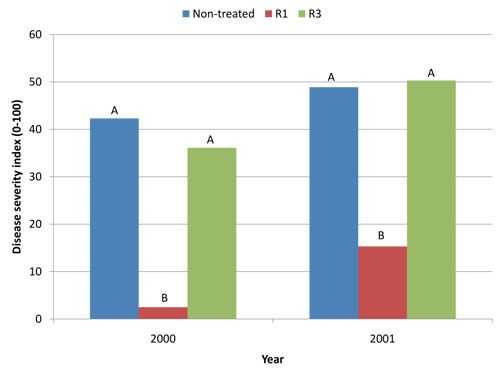With the wet conditions that we’ve been experiencing and the possibility of cool, wet conditions during soybean flowering, now is the time to consider if a fungicide application should be made. The last time we saw widespread white mold across the north central region was 2009, which was brought on by record cool temperatures across the region in July.
Before making that fungicide application, there are a few things to consider. Has there been a history of white mold in the field in question? How susceptible is the variety that I planted? Do I have high plant populations or narrow rows? All of these things can influence the amount of disease that develops.
Be realistic about the control that will be achieved with foliar fungicides – complete control is unrealistic. In various university spray trials, white mold was reduced from 0 to 60 percent. Once disease symptoms are present in a crop, it is too late to save infected plants. If fungicides are to be used they should be applied at the beginning of flowering (R1) with a possible follow up application a week or two later. Research shows that fungicide applications at beginning of flowering provide a higher level of control than those made at beginning of pod development. As the disease cycle is dependent on infection through flower petals, it is essential to get fungicide on to protect flowers. This includes correct timing as well as good penetration of fungicide product deep into the foliage.
The effect of thiophante methyl application timing on white mold disease incidence; adapted from Mueller et. al 2004

If the decision to spray is made, Michigan State University Extension advises keeping replicated non-sprayed check strips in the field to see how the fungicide application performed under your conditions. It is important to have replicated strips and to place them in areas that are representative of the field. This is important as low areas that hold moisture or where cool air pools will be at greater risk for developing disease than other areas of the field.
Source : msu.edu